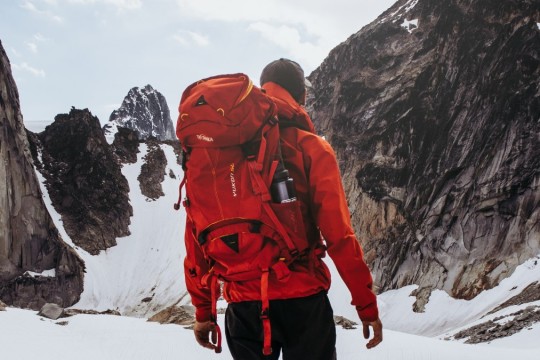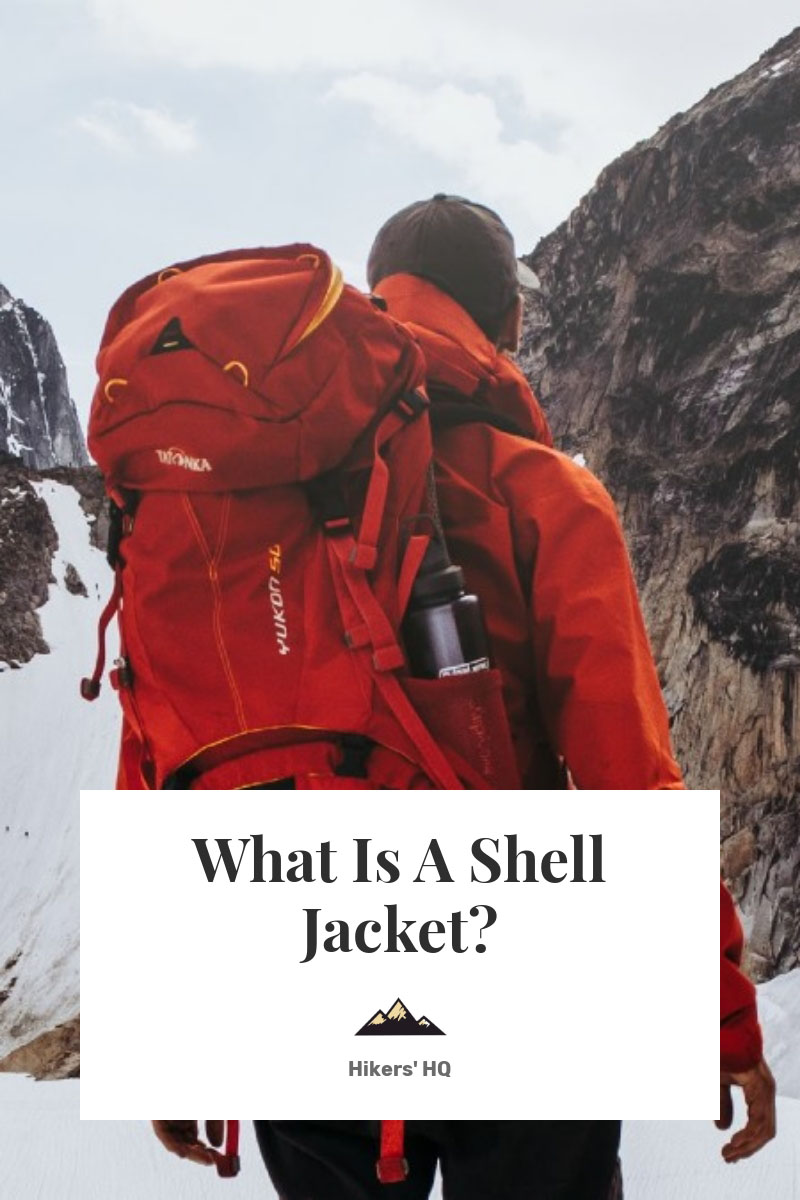By Dylan Murphy
What Is A Shell Jacket?
When it comes to layered clothing, there are three types of layers involved. The first layer is called the base-layer, which is closest to the skin. The second one is known as mid-layer. And the last layer is called the outer layer or also known as the “outer shell.”
Jackets that serve as outer-shells are known as shell jackets. They protect you from snow, rain, and wind. Shell jackets range from expensive mountaineering ones to simple but highly wind-resistant jackets. Most of them possess enough breathability. Shell jackets are also treated with DWR or Durable Water Repellent finish, so water won’t penetrate the fabric.

Shell jackets are essential items in stormy weather conditions because if water and wind penetrate to your mid-layer clothing and through your base-layer, you can get very cold, and you might suffer hypothermia. Shell jackets can be categorized into two types: Hardshell Jackets and Softshell Jackets.
To understand which of these two versions of shell jackets is better for your needs, let’s analyze and compare their features, advantages, and disadvantages. Along the way, we will also show you three bestselling hardshell jackets and three softshell jackets so you can make an easier decision.
Read on!
Hardshell Jackets
Hardshell jackets are heavier and stiffer compared to softshell jackets. They usually provide the best weather protection for many hikers and campers out there. But how do they actually provide superior protection to softshell jackets? The reason mainly lies in the materials used to craft them.

Materials Used for Hardshell Jackets
GORE-TEX and PVC are popular fabric materials used in these kinds of jackets since they have exceptional breathability. In particular, GORE-TEX is a synthetic membrane that comes with holes so water will not penetrate from the outside but, at the same time, allows sweat vapor to escape from the body.
Weather Protection
Hardshell jackets’ most prominent traits are their strength and their ability to provide protection against the rain and snow. However, their weather protection will mostly depend on the clothes you’re wearing underneath, the humidity, and the temperature.
On a freezing day, coldness might come into contact with your skin. This is the reason why wearing a well-insulated base-layer, and mid-layer is very helpful. They help to prevent you from getting too cold in extreme conditions.
On the flip side, if there’s a lot of humidity in the air and the temperature is high, you could end up getting soaked from your own sweat. This is particularly true if you are wearing a lot of well-insulated clothes underneath your shell jacket.
But for the most part, hardshell jackets will provide enough protection through the cold seasons, particularly if you wear appropriate clothing underneath. Additionally, even in mild weather conditions, having a hardshell jacket at hand can be very helpful in case of sudden weather changes.

Features of Hardshell Jackets
When looking for a good hardshell jacket, there are some features that you must consider if you want to get the right item for your needs.
There are three main types of layers when it comes to hardshell jackets, which are: 2-layer, 2.5-layer, and 3-layer jackets. The higher the number of layers, the more water, and weather-resistant the jacket is. Consequently, the layers also pertain to the heaviness of the garment.
A 2-layer and 2.5-layer jacket comes with outer waterproof material and an inner membrane. A 3-layer jacket has a third layer membrane that protects the inner fabric of the jacket to provide additional protection.
Advantages of Getting A Hardshell Jacket
If you want a shell jacket that can provide the best weather protection, then you should go with hardshell jackets. They are particularly good against snowy conditions and heavy rains.
These types of shell jackets are durable since the fabrics are woven tightly. Because of their excellent durability, they can withstand wear and tear far better than softshell jackets. Hardshell jackets have tough construction because they are also made for extreme sports.
Aside from being durable, hardshell jackets also have exceptional breathability because of GORE-TEX material incorporated in them. For every cold-weather mountaineer, hiker, and camper out there, hardshell jackets are great protection against very cold weather conditions.

Pros
- These durable jackets are typically designed for extreme sports activities.
- Hardshell jackets crafted with 3-layer GORE-TEX Pro fabric significantly reduces the buildup of sweat, which makes them very breathable.
- They have excellent wear and tear resistance because their fabrics are tightly woven.
- They can be used as a shelter because of their excellent ability to protect against wind and rain.
Cons
- Hardshell jackets’ ability to keep you dry mainly relies on the humidity, the temperature, and the layering system you wear underneath.
- The fabric is quite stiff and not that flexible.
Our Favorite Hardshell Jackets
